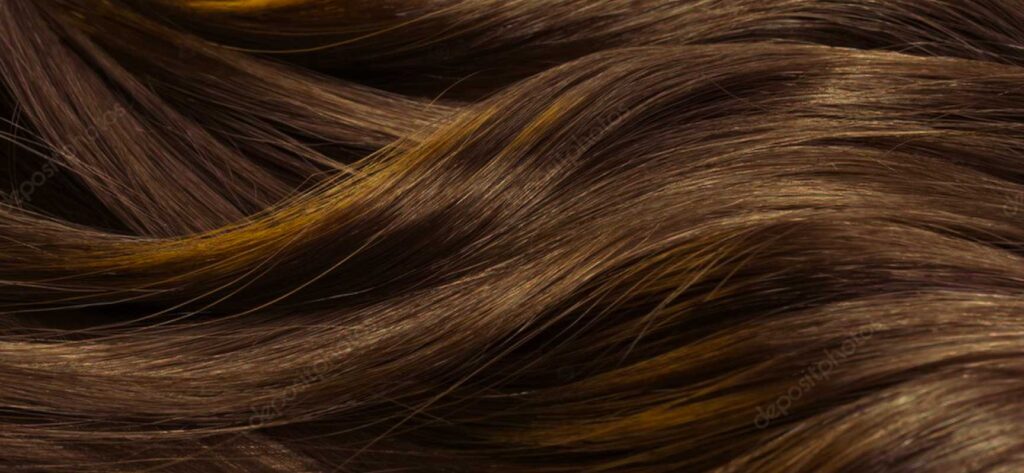Types of Hair Transplants We Offer
- Follicular Unit Transplantation (FUT)
- Follicular Unit Extraction (FUE)
- Eyebrow Transplants
- Beard Transplants
Additional Hair Loss Treatments Offered
- Platelet-Rich Plasma (PRP) Therapy
- Alma TED (TransEpidermal Delivery)
- Scalp Micropigmentation
- Supplement Recommendations
- Guidance on Lifestyle Changes
- Medical Therapy
Patient Highlight
FUT and FUE Combined – Results 9 months After Surgery
How Hair Loss Occurs
Hair loss typically begins in the 40s due to reduced hormone production. Men might start noticing receding hairlines as early as their 20s or even during their teens due to male pattern baldness. Hair loss affects both men and women differently, with men more prone to developing bald patches and women experiencing overall thinning. Other causes include injuries, surgeries that damage hair follicles, certain medications, or harsh hair treatments. Aggressive chemical treatments or excessive heat can also lead to hair loss by damaging follicles or causing breakage.
Hair loss might be noticeable immediately for some, while for others, it could take years before the reduced hair production becomes apparent. Regardless of its speed, hair loss can be a lasting condition.
Options for Hair Restoration
Several solutions are available for hair restoration. For those experiencing temporary hair loss, lifestyle adjustments like reducing stress and improving nutrition may help.
When dealing with permanent hair loss, hair transplant surgery is often the recommended solution. This procedure involves transplanting hair follicles from denser areas of your scalp to those where hair has thinned or stopped growing. Recent advancements have significantly improved the safety and effectiveness of this technique. The benefits of undergoing a hair transplant include natural hair growth from the transplanted follicles after the skin heals. This new hair blends seamlessly with existing hair and can be styled normally. Many patients see significant improvements after just one session and a brief recovery period.
Learn More About Procedure Options
Preparing for Surgery
We advise patients to improve scalp laxity through regular, firm scalp massages for several weeks before surgery. This not only helps in harvesting a wider strip of donor hair, increasing the number of grafts but also optimizes healing by reducing tension along the donor site.
The Transplant Procedure
Before your surgery, we will prepare you with pre-operative instructions and prescribe an antibiotic to promote recovery. On the day of the procedure, the treatment area is outlined, and photos are taken for reference. The donor hair area is trimmed while leaving the rest of the hair long for an improved post-procedure appearance. The surgery begins with administering sedatives and local anesthesia for comfort. Donor hair is carefully removed, and the area is carefully sutured (if applicable) to aid healing. The harvested follicles are then prepared and transplanted into designated recipient sites, matching your natural hair growth pattern and as discussed during your consultation. Dr. Unger and Dr. William’s close attention to detail during graft preparation and placement promotes a natural-looking outcome.
Contact Our Trusted Local NYC Hair Transplant Surgeons Today
Don’t let hair loss affect your life indefinitely. Dr. Robin Unger and Dr. Zinaria Williams have a track record of helping patients with permanent hair loss, find solutions that work for them. For more information on hair restoration or to schedule a consultation with trusted hair transplant surgeons in NYC, contact our office today.

Types Of Hair Transplants We Provide
Hair restoration has advanced greatly in recent years, giving patients more reliable options to address hair thinning and loss, and our NYC hair transplant surgeon is here to help you understand your options and which path is best for you. We provide several procedures tailored to individual needs. Each treatment is designed to achieve natural results while matching a patient’s goals and lifestyle.
Dr. Robin Unger has over 25 years of experience, is a diplomate of the American Board of Hair Restoration Surgery, and holds positions on the executive committee and board of governors of The International Society of Hair Restoration Surgery. If you need a hair transplant, contact our office today.
Follicular Unit Transplantation (FUT)
Follicular Unit Transplantation, also known as the strip method, involves removing a small section of scalp from the back of the head where hair growth is typically more resistant to thinning. The follicular units are carefully separated and then placed in the areas experiencing loss. FUT is often chosen by patients seeking significant coverage in a single session. This method allows us to transplant a high number of grafts efficiently, making it a strong option for those with advanced hair loss.
Follicular Unit Extraction (FUE)
Follicular Unit Extraction is another widely used method. Unlike FUT, FUE involves removing individual follicles directly from the donor area. These follicles are then implanted in thinning or balding sections. This approach leaves minimal scarring, allowing patients to wear shorter hairstyles with confidence. Many individuals prefer FUE for its quicker recovery time and subtle results. Our experienced New York City hair transplant surgeon uses refined tools and techniques to maximize the survival of grafts and create a natural appearance.
Eyebrow Transplants
Eyebrows play an important role in framing the face and enhancing expressions. Overplucking, injury, or medical conditions can lead to thinning or loss in this area. Eyebrow transplants involve carefully placing small, natural grafts to restore fullness and symmetry. We pay close attention to direction and density so the results complement the patient’s facial features. This procedure has become increasingly popular among patients seeking a long-term solution beyond cosmetic products. Our doctor can discuss this treatment further with you and help you determine how it may benefit you.
Beard Transplants
Facial hair is another area where transplants can make a noticeable difference. Beard transplants help individuals who have patchy growth or limited facial hair achieve a fuller look. Follicles are taken from the donor area and placed in precise patterns to create even coverage. Patients often choose this option to improve the shape of their beard, mustache, or sideburns. The results are permanent, giving patients the ability to grow and style their facial hair naturally in the manner that they choose.
Additional Hair Loss Treatments
For some patients, surgical methods may not be the only or best option. Our New York City hair transplant surgeon also provides complementary treatments such as Platelet-Rich Plasma (PRP) therapy, which uses a patient’s own blood components to stimulate hair growth. Non-surgical treatments may also be recommended to support existing hair and maintain results after a transplant. These therapies are often combined with surgical procedures to enhance long-term outcomes.
At our practice, we are dedicated to tailoring treatment to our patients’ unique needs. Whether through FUT, FUE, or other restoration methods, our goal is to provide results that look natural and lasting. If you are considering hair restoration, we encourage you to reach out to our team today to discuss which options might be best for you. With the guidance of Dr. Robin Unger, we can help you explore your options and create a plan that suits your goals.



